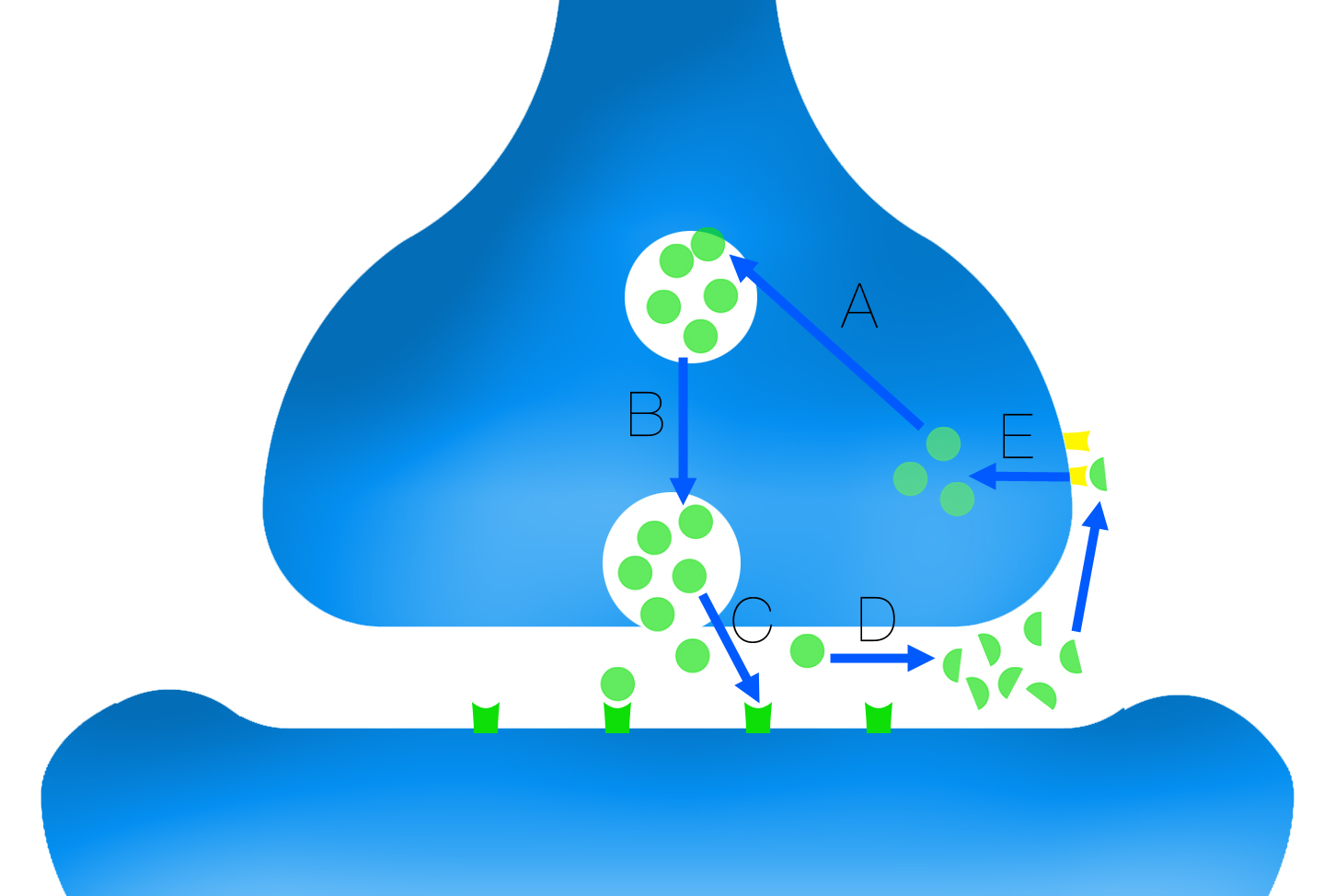WBR0546
| Author | [[PageAuthor::Rim Halaby, M.D. [1]]] |
|---|---|
| Exam Type | ExamType::USMLE Step 1 |
| Main Category | MainCategory::Microbiology, MainCategory::Pathophysiology |
| Sub Category | SubCategory::Neurology, SubCategory::Infectious Disease |
| Prompt | [[Prompt::A 34 year-old man was brought to the hospital by his son for severe nausea, vomiting and abdominal cramps. The patient had noticeable trouble speaking so his son provided the history. He explained that his father started complaining of blurred vision and difficulty swallowing a short time after he had his dinner. Upon exam, you note generalized weakness, bilateral ptosis, and facial muscle drooping. Vital signs were stable but the patient seems to be hypoventilating. The patient's saturation drops rapidly and he requires emergent intubation. Upon further questioning, the son reports that his father had eaten some canned red peppers his mother had prepared at home. Which of the following steps is likely to be inhibited in this patient? |
| Answer A | AnswerA::A |
| Answer A Explanation | AnswerAExp::This refers to neurotransmitter integration into vesicles. Reserpine and vesamicol usually act by inhibiting vesicle formation. Cocaine has a different mechanism of action. |
| Answer B | AnswerB::B |
| Answer B Explanation | AnswerBExp::This refers to vesicle release into the synaptic cleft. The most commonly referred inhibitor of vesicle release is botulinum toxin that prevents the release of acetylcholine containing vesicles leading to flaccid paralysis. |
| Answer C | AnswerC::C |
| Answer C Explanation | AnswerCExp::This refers to neurotransmitter binding to specific receptors on the post-synaptic membrane. Neurotransmitter antagonists can exert their effect by this mechanism. |
| Answer D | AnswerD::D |
| Answer D Explanation | AnswerDExp::This refers to neurotransmitter degradation. Acetylcholinersterase inhibitors act by inhibiting the breakdown of acetylcholine at the synaptic cleft. Cocaine has a different mechanism of action. |
| Answer E | AnswerE::E |
| Answer E Explanation | AnswerEExp::This refers to the mechasim of action of cocaine which acts by inhibiting reuptake of several neurotransmitters, most importantly dopamine and norepinephrine. |
| Right Answer | RightAnswer::E |
| Explanation | [[Explanation::Cocaine is a powerful stimulant drug and one of the most commonly abused substances in the world. Acute cocaine toxicity usually presents with hallucinations and paranoid behavior, nausea, vomiting, chest pain, dyspnea, tremors, fever, tachycardia, mydriasis, nystagmus, and seizures. Physical exam usually reveals track marks, skin puncture wounds, and/or eroded nasal mucosa depending on the route of administration. Cocaine acts by inhibiting reuptake of several neurotransmitters, with the most prominent effect on dopamine and norepinephrine reuptake from the synaptic cleft. This causes an increase in neurotransmitter concentration at the synaptic cleft leading to the classic cocaine associated symptoms.
Educational objective: Cocaine exerts its effect by inhibiting the reuptake of dopamine and norepinephrine from the synaptic cleft. References: Gawin FH. Cocaine addiction: psychology and neurophysiology. Science. 1991;251(5001):1580-6. |
| Approved | Approved::No |
| Keyword | WBRKeyword::Clostridium botulinum, WBRKeyword::Botulism, WBRKeyword::Neurotransmitter |
| Linked Question | Linked:: |
| Order in Linked Questions | LinkedOrder:: |
